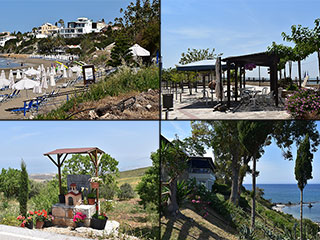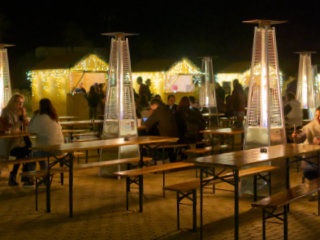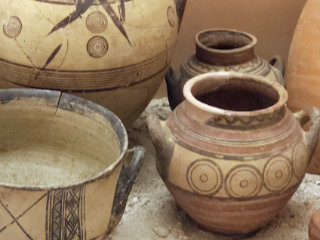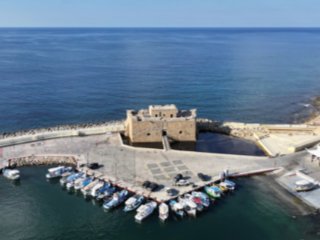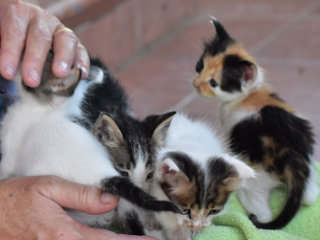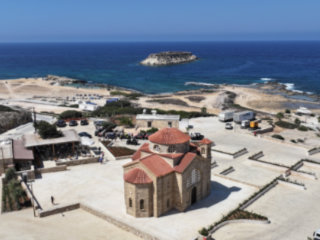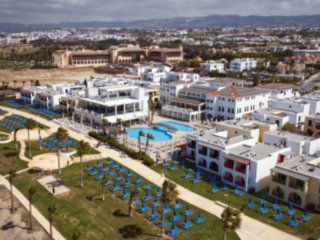Moundiko Nature Trail - Part 2
Old Building
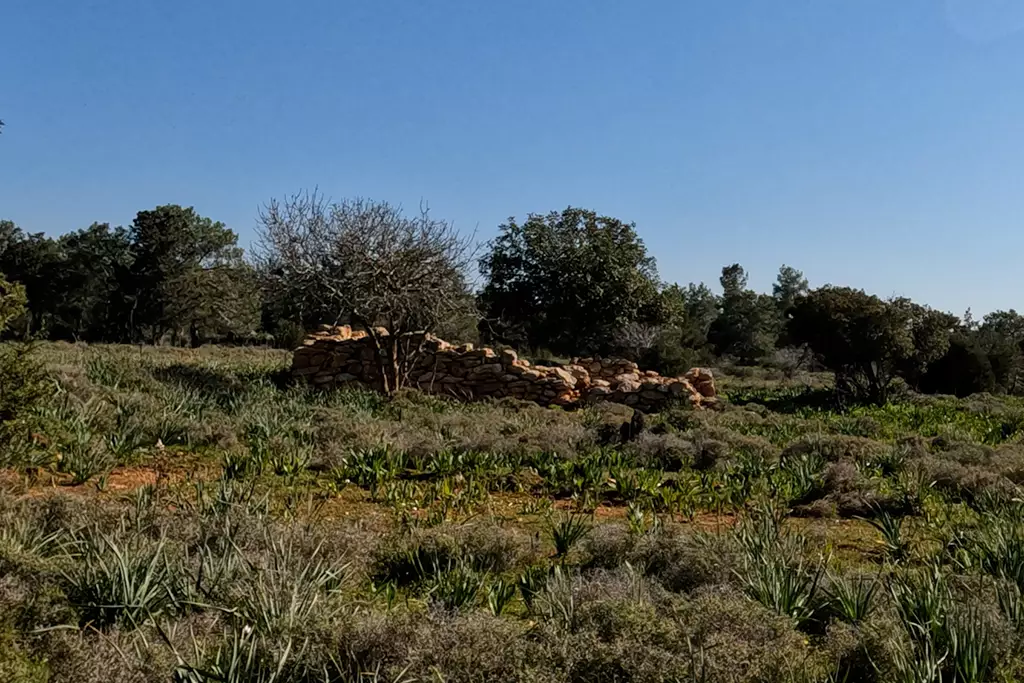
Having finished my cave diversion I set off on the road again. I soon came across this ruin on my left. If you are puzzled by these, don't be. An explanation will soon be forthcoming.

Sign Number 10
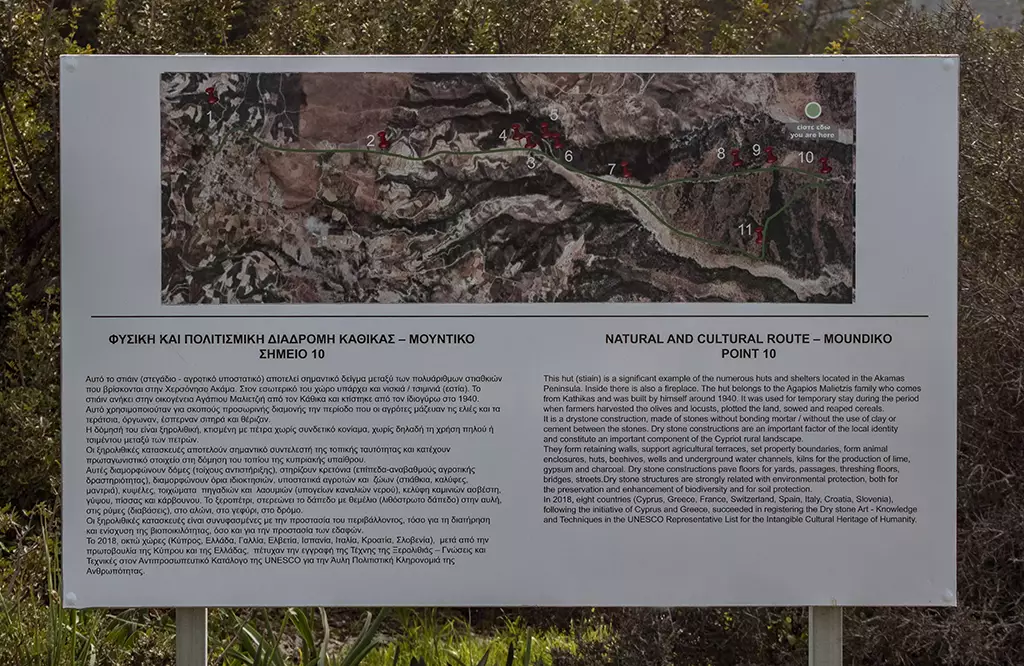
Sure enough, here it is:
This hut (stiain) is a significant example of the numerous huts and shelters located in the Akamas Peninsula. Inside there is also a fireplace. The hut belongs to the Agapios Malietzis family who comes from Kathikas and was bult by himself around 1940. It was used for temporary stay during the period when farmers harvested the olives and locusts, plotted the land, sowed and reaped cereals. It is a drystone construction, made of stones without bonding mortar / without the use of clay or cement between the stones. Dry stone constructions are an important factor of the local identity and constitute an important component of the Cypriot rural landscape.
They form retaining walls, support agricultural terraces, set property boundaries, form animal enclosures, huts, beehives, wells and underground water channels, kilns for the production of lime, gypsum and charcoal. Dry stone constructions pave floors for yards, passages, threshing floors, bridges, streets. Dry stone structures are strongly related with environmental protection, both for the preservation and enhancement of biodiversity and for soil protection.
In 2018, eight countries (Cyprus, Greece, France, Switzerland, Spain, Italy, Croatia, Slovenia), following the initiative of Cyprus and Greece, succeeded in registering the Dry stone Art - Knowledge and Techniques in the UNESCO Representative List for the Intangible Cultural Heritage of Humanity.
Here's One We Prepared Earlier
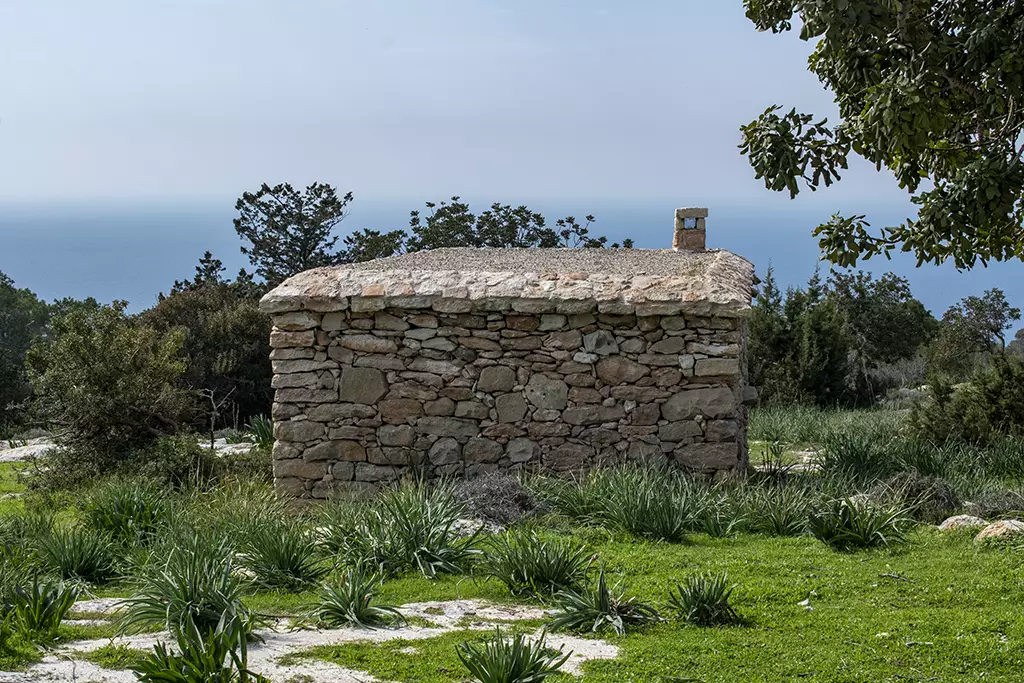
The little house is quite impressive. You can wander inside it too.
Cool In Summer, Warm In Winter
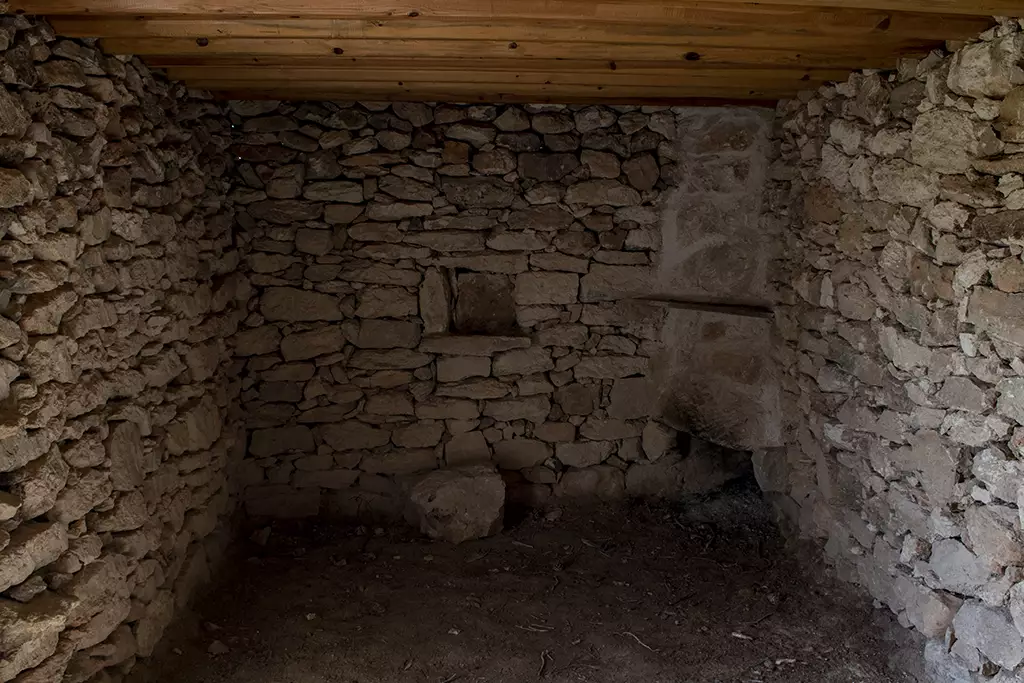
I'm not sure what they meant by harvesting locusts on that sign. Then again, it is my fault for not being able to read the Greek version. A search on the internet revealed that there was a locust infestation back in 2004, but that was described as an extremely rare event. However, a bit more digging returned information on locust bean gum, which is made from the fruit of the carob tree. So I imagine they were referring to that.
Nice Rocks
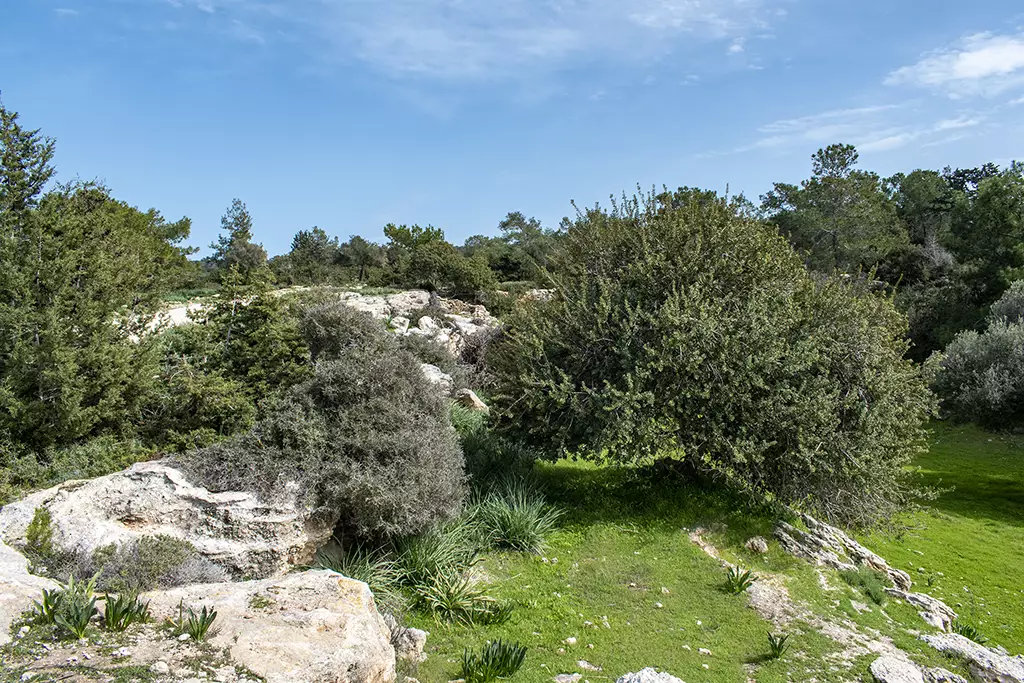
There are some nice rocks around the house too. Anyway, back onto the trail, we will soon be at the turning you need to take.
Page 4 of 9


Related Blogs:
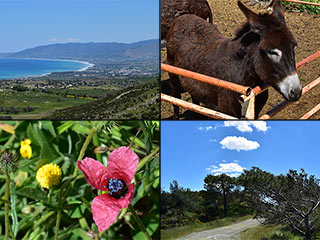
Akamas Sunshine
The sun shone brightly this morning, so we took the opportunity to go for a drive on the Akamas. There's been a lot of rain, but as a result of this, the Akamas is looking gorgeous at the moment...
Moundiko Nature Trail - Part 2
In Part 2 of our walk along the Moundiko Nature Trail, we circumvent the plateau and take in some breathtaking scenery. The Akamas is a great place to explore so do yourself a favour and check out this Nature Trail for yourself.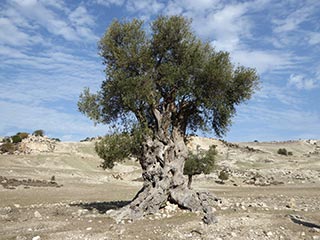
Is this the Oldest Olive Tree in Cyprus?
We were out exploring in the Akamas the other day, and we came across this lovely old Olive Tree. I can't help wondering how long it has stood here...Good Pages To Visit
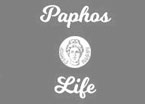
FB PagePaphos Life on Facebook
Like us on Facebook and stay notified of new blog posts.

FB PageOur Facebook Chat Group
Paphos Chat has been created for people who like our site and want to chat using Facebook. You can also easily upload photos of any size here. A lot of people are members of the Facebook chat group and the main forum. It's entirely up to you.
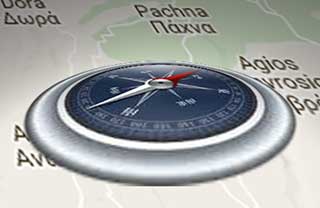
ListBlog Locations
Planning a day out? Then use our map of blog locations as a handy guide. Some of the places we visit our closer to each other than you might think, so take a look and start planning your next adventure...
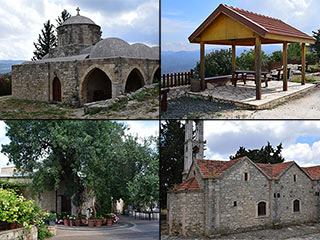
eBookCyprus Road Trip 01: the Kathikas - Panagia Loop
Let me take you on a journey around the region of Paphos, Cyprus. Starting at Paphos itself, we travel to Akoursos, then Kathikas, Kritou Terra and Simou. We continue past Lasa and Kannaviou, before taking in the delights of Panagia. Getting a bit more adventurous, we visit the abandoned villages of Statos and Agios Fotios, before passing through Choulou, Letymbou and Polemi, and rejoining the main Paphos - Polis road.
The route is suitable for all types of vehicle, and requires no off-roading. The guide contains about 130 photographs including shots of all the road signs you need to pay attention to, as well as some of the highlights you may experience along the way.
There are also several maps which will help you keep your bearings.
You can do this journey in a day, or you can break it up into chunks. You can also do it in reverse, to get some completely different views. It is entirely up to you.
